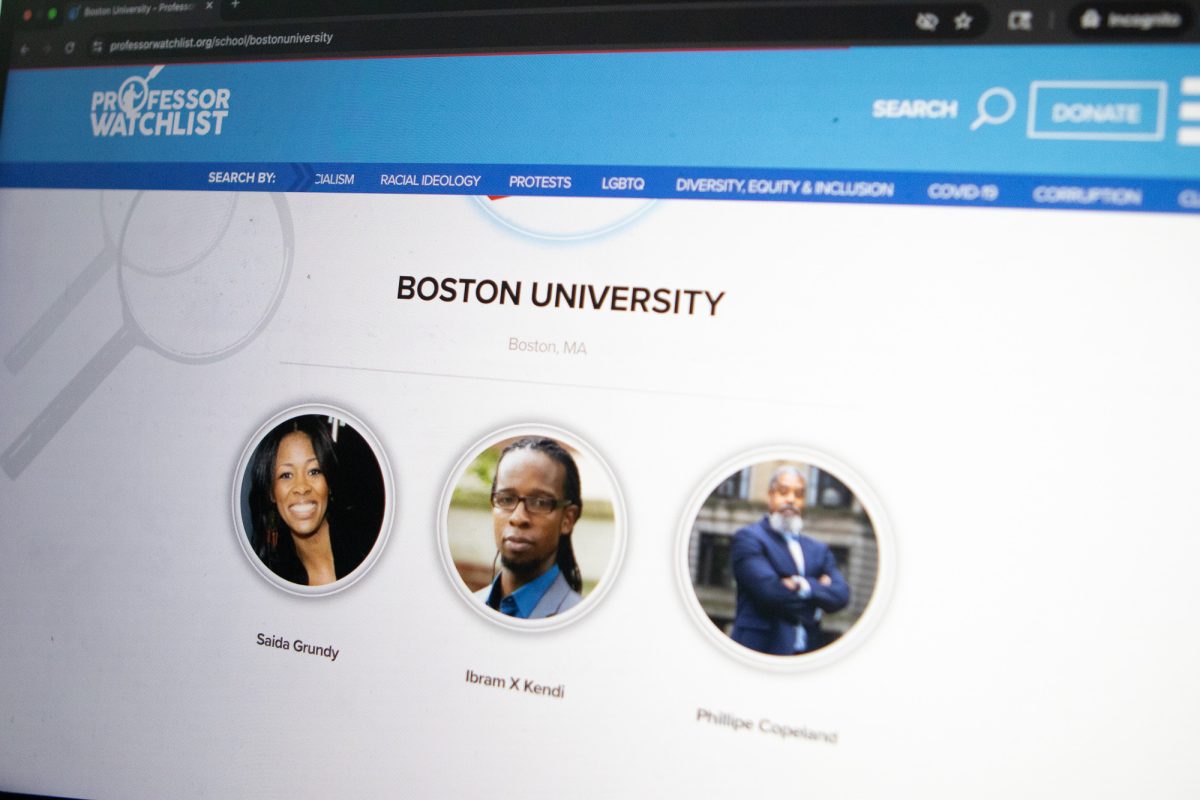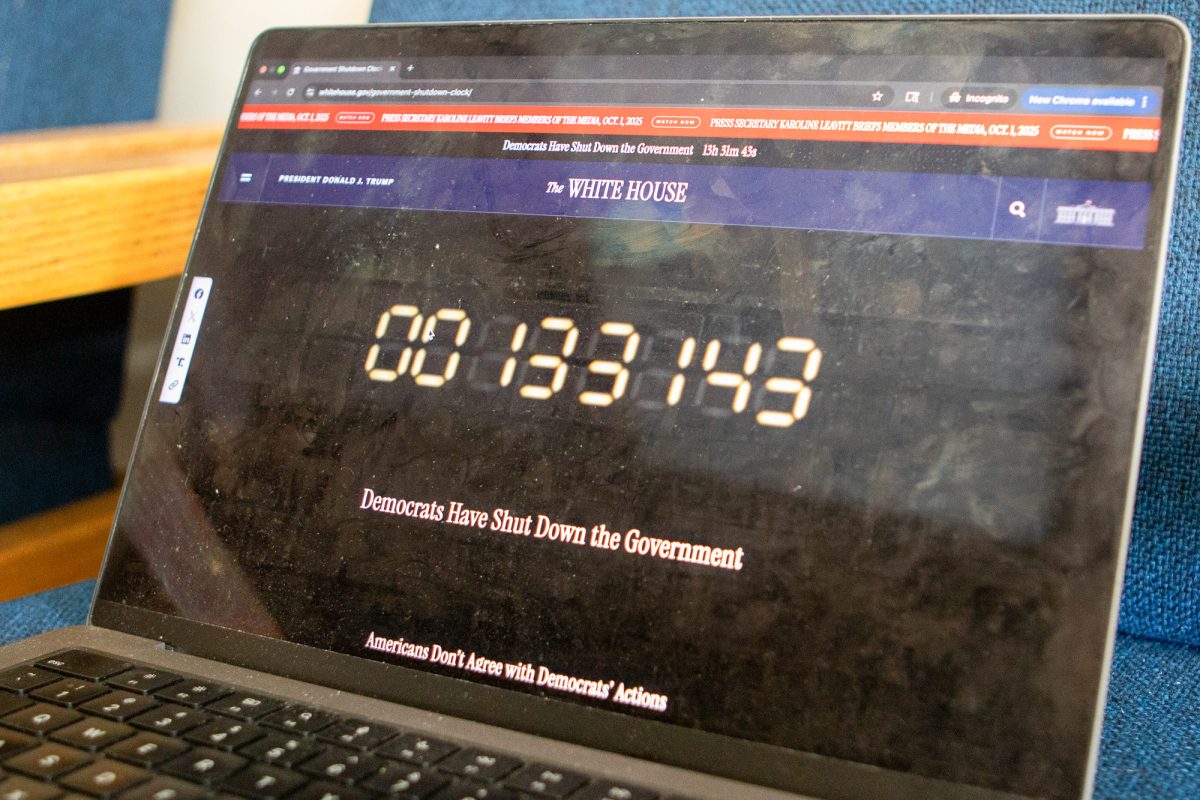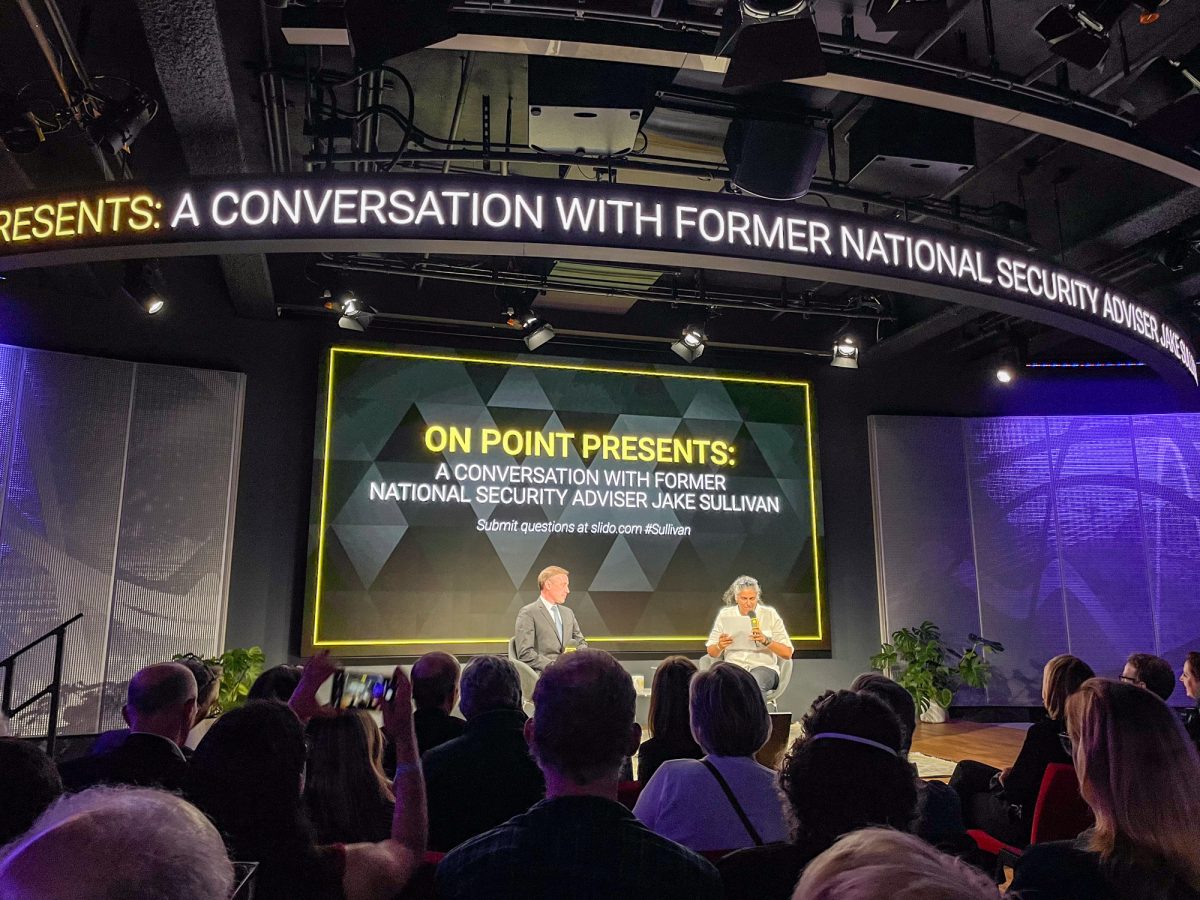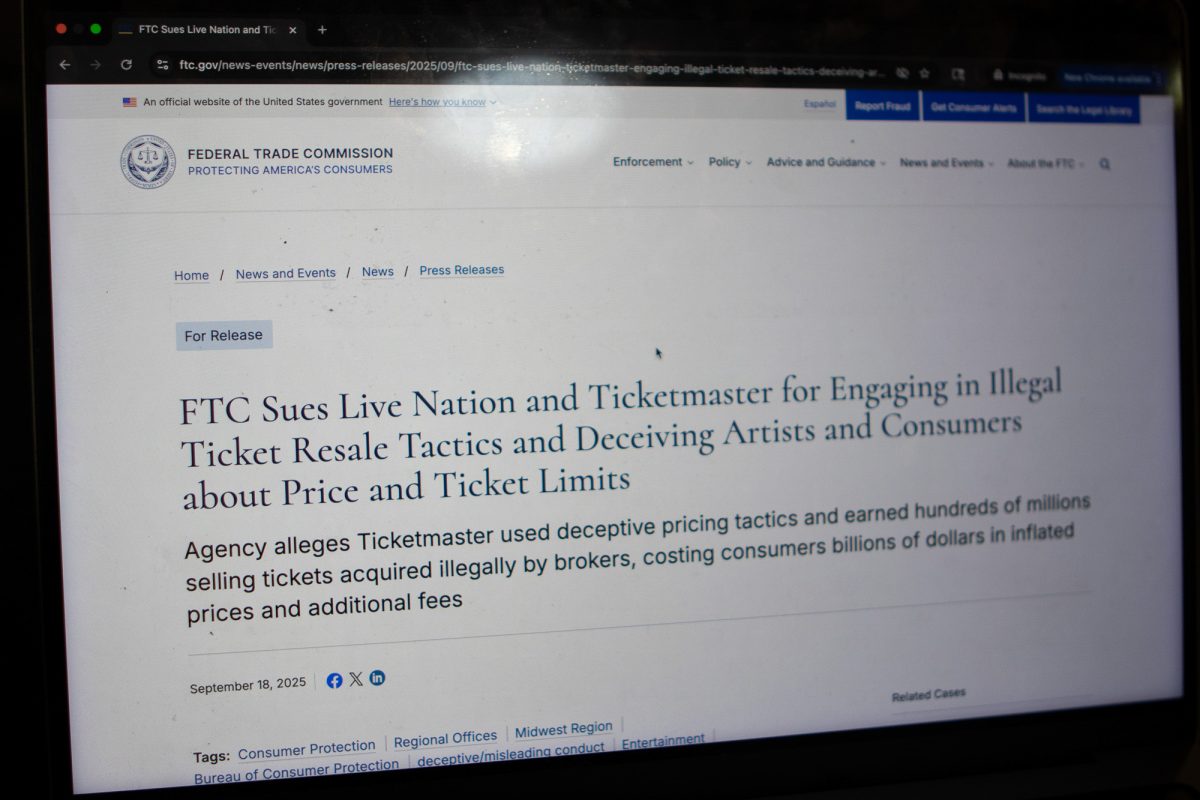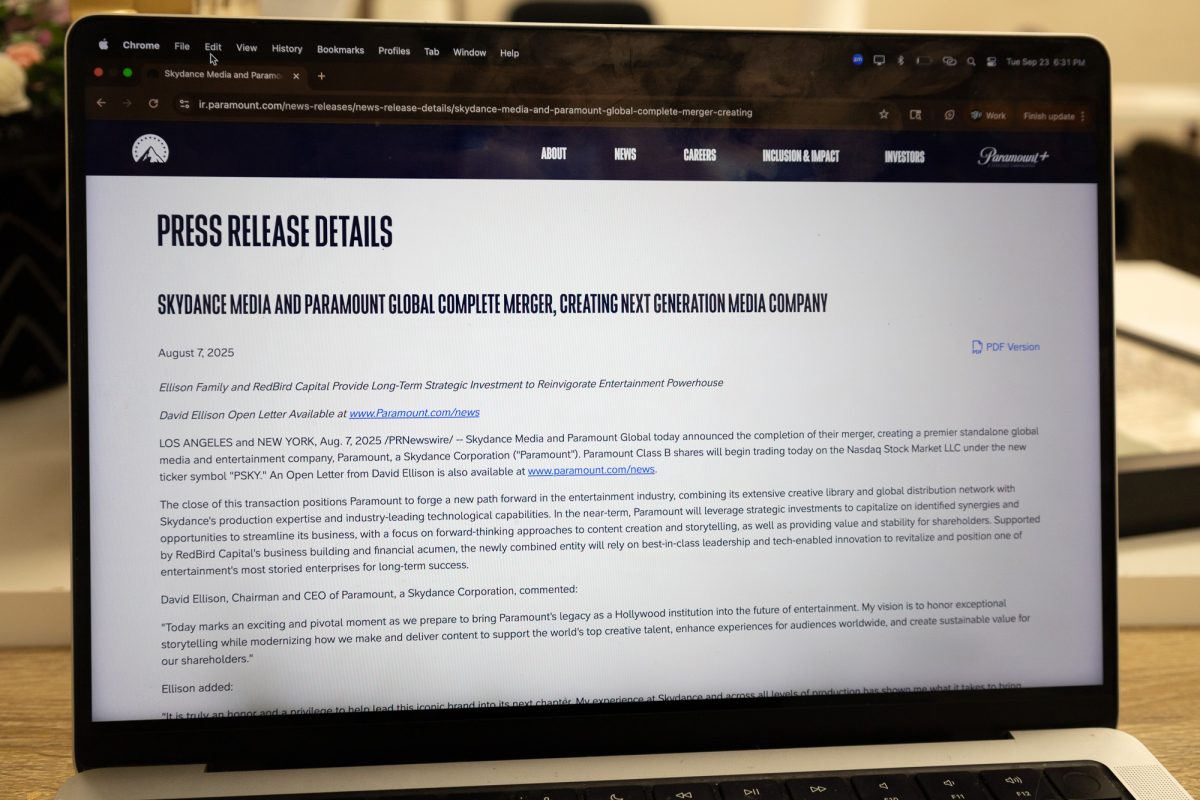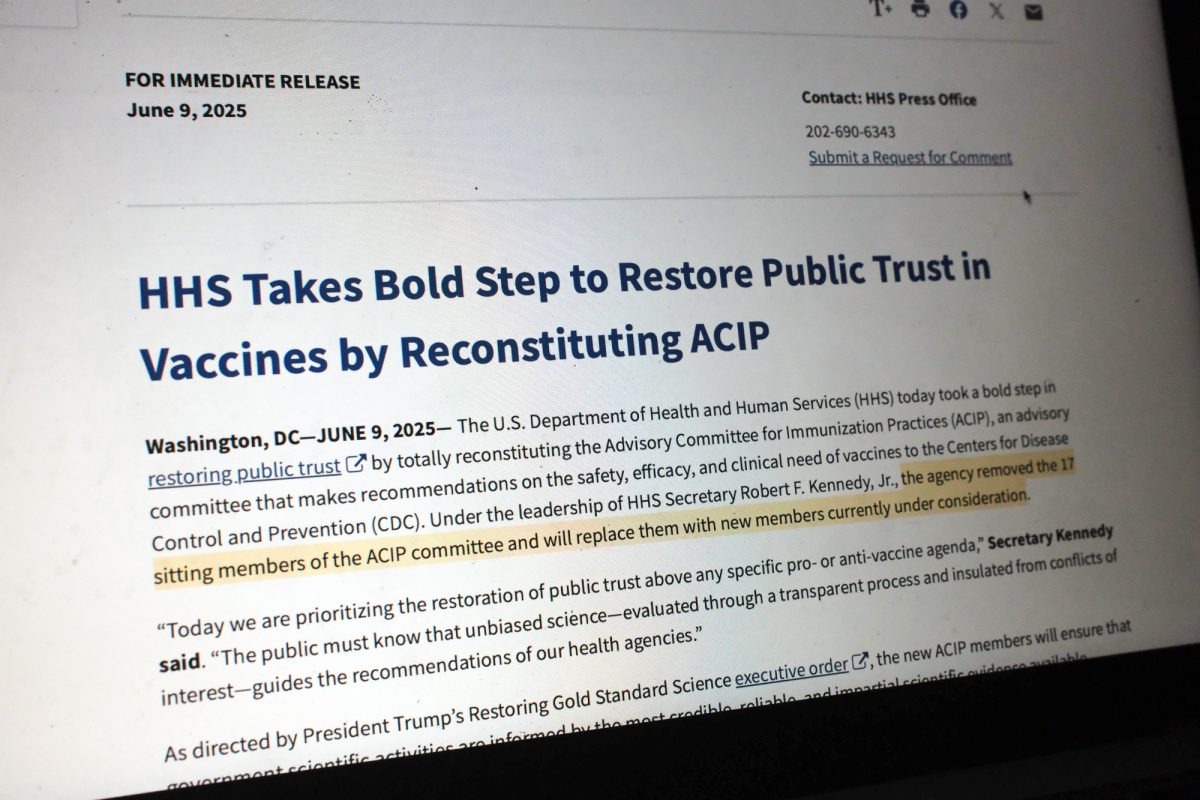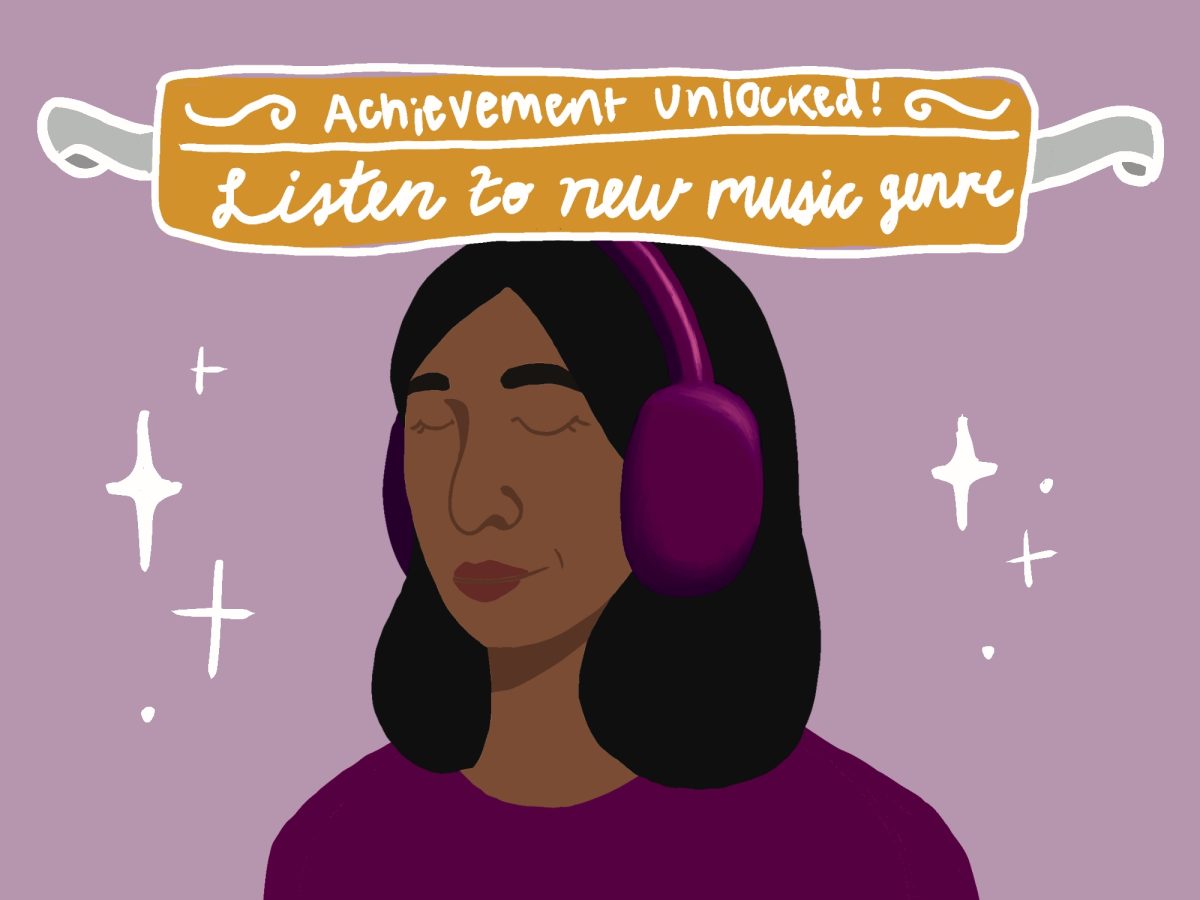With two weeks until the presidential election, Republican presidential candidate Mitt Romney and President Barack Obama have shifted their attention to the battleground states — Colorado, Florida, Iowa, Nevada, New Hampshire, North Carolina, Ohio, Virginia and Wisconsin.
Residents of those states are experiencing a barrage of phone calls and knocks on the door from members of Romney and Obama’s campaigns, according to TIME on Sunday.
Of course the candidates’ attention is going to be focused on those states. Unlike red or blue states where residents predominantly vote left or right, the voting patterns in battleground states are less defined. The flexibility of those states provides candidates with the best opportunity to gain electoral votes. The purpose of the political phone calls and door knocks is to sway people to vote a certain away. Sometimes those tactics work, and people are convinced to vote for a candidate after talking to members of his or her campaign. Other times, those tactics turn voters off.
Someone who receives a phone call every day from Obama or Romney’s campaign might eventually tune them out. Phone calls, door knocks, advertisements and other campaign tactics should not be conducted so frequently that they overwhelm voters and their messages become lost.
It is also important to discuss the nature of the messages that Obama and Romney’s campaigns are putting out. Each party has attacked the other in advertisements and on debate floors.
Perhaps a more effective tactic is one that inspires voters. Part of the reason why so many people were drawn to Obama in 2008 was because his campaign focused on mobilizing people with the idea of change.
Any candidate can mudsling, but is that what people are really drawn to?
A campaign that sticks is one that moves people. Messages of inspiration are going to transcend through the barrage of phone calls, door knocks and advertisements. Negative campaigning will not.





